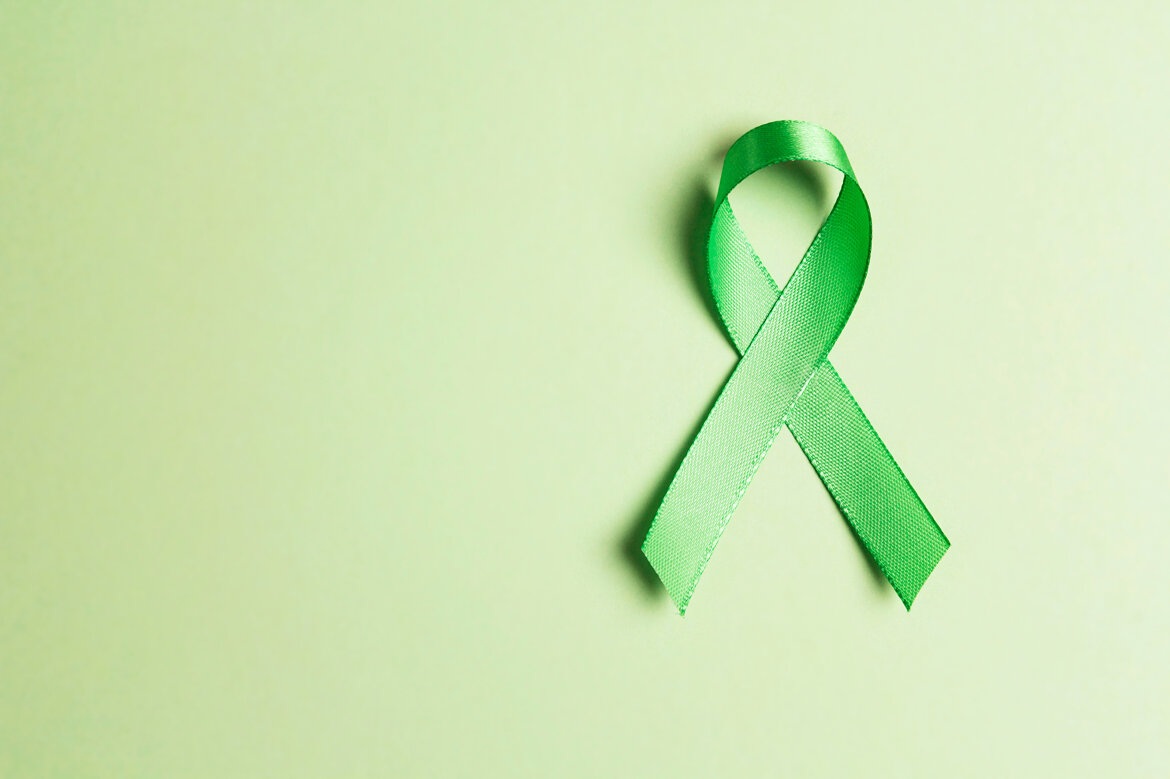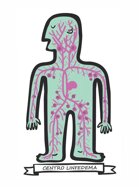ARM LYMPHEDEMA AFTER MASTECTOMY
Although I treat all types of lymphedema, the one I would like to focus on here is upper limb lymphedema, a post-surgical occurrence that can arise following breast cancer treatment, worsening the quality of life for many patients who are trying to overcome the overwhelming psychological impact of the disease. Breast cancer is, in fact, the most common among the female population and also the one with the greatest social and emotional impact. For this reason, it is important to try to ensure a treatment path that is as straightforward as possible and free from complications, especially those that can be avoided with proper prevention and the early intervention of qualified personnel.
As accurate and as conservative as possible, breast cancer therapy often includes the removal of one or more axillary lymph nodes (sentinel lymph node biopsy and lymphadenectomy) or their exposure to radiation therapy, which may result in the interruption of the lymphatic vessels, followed by the formation of lymphedema in the arm.
The onset time of lymphedema secondary to surgery for breast cancer is generally variable from patient to patient and influenced by different events.
In fact, it can be observed in the immediate post-operative period (in 21% of cases), following radiotherapy (in 47% of cases), or after other triggering events, such as trauma (in 14% of cases), injections (in 10% of cases), accidental wounds (in 5% of cases).
Usually, the average onset time is between 6–14 months postoperatively, but cases of onset have also been observed many years after the surgery.
It has been reported that 73% of cases of lymphedema occur within the first postoperative year, reaching 97% within four postoperative years.
In light of this, as soon as lymphedema is diagnosed, it is essential to change one's lifestyle habits and rely on experienced personnel to set up the type of conservative therapy most suitable for the individual patient. However, it is equally important to consider turning to surgical therapy immediately if the patient does not prove responsive to medical treatments, because the earlier the treatment, the more effective the procedure will be.
TYPES OF SURGICAL PROCEDURES
Surgical techniques are intended for cases that do not respond to medical treatment and include two types of procedures: ABLATIVE or PHYSIOLOGICAL
The type of technique to choose or how to combine the different techniques will be determined based on the examination, the interview with the patient, and the results of the lymphatic resonance, an essential preoperative test that allows us to have a direct view of the type and degree of lymphedema being treated.
For each case, a personalized therapeutic plan will be established according to the needs of the individual patient, in order to achieve the highest possible level of care.
The goal always remains to help the patient regain as much autonomy as possible; each specialist studies the most suitable compromise, combining what theoretical rules dictate with what the person experiences.
ABLATIVE SURGICAL PROCEDURES
They are based on the removal of pathological tissue using different techniques, all aimed at reducing the weight and size of the affected areas
-MODIFIED LIPOSUCTION
Generally reserved for cases in which the affected areas are largely made up of fibrotic tissues (the so-called lipoedema); this type of procedure allows for selective remodeling of the affected areas while preserving the competent lymphatic pathways, thus making it possible to intervene where physiological techniques are not ideally indicated.
This technique too, in cases where different degrees of lymphedema coexist, can be used in combination with ablative and physiological procedures to achieve results aimed at a better and more complete level of care.
-WIDTH REDUCTION INTERVENTIONS
Generally reserved for the most severe cases of lymphedema, where the affected areas are largely composed of fibrotic tissues, ablative surgery aims to remove more or less extensive amounts of pathological tissue, primarily to alleviate problems related to the size and weight of the affected limbs, thus significantly improving the patient's quality of life. Secondly, this type of procedure allows for selective remodeling of the affected areas, making it possible to target zones that are minimally or not at all responsive to other treatments.
Last and perhaps most important is the possibility of facilitating the activity of the remaining competent lymphatic vessels, thus helping to break the vicious cycle that often leads to an irreversible and unresponsive worsening of the disease. All this proves extremely useful in cases where these interventions are combined with physiological procedures (autologous lymph node transplantation and lymphovenous bypass) or with liposuction; in fact, the different techniques often combine synergistically with each other, allowing for even more sophisticated levels of care.
PHYSIOLOGICAL SURGICAL PROCEDURES
These types of procedures aim to reconstruct competent lymphatic pathways that allow drainage of excess lymph in the affected areas. They are sophisticated procedures performed using highly specialized techniques, with the aid of an operating microscope
-LYMPH NODE TRANSPLANT (ALNT - VLNT)
Reserved for cases in which the lymphatic system is hypoplastic or absent, or in which there is an interruption in the lymphatic drainage flow, whether of iatrogenic, traumatic, or post-infectious origin.
The procedure consists of the autologous transplantation of a tissue unit, called a flap, containing lymph nodes. This flap is transferred to the site where the lymph nodes are absent or non-functional. The most commonly used donor areas are the lateral cervical, dorsal, and inguinal regions. About three to four lymph nodes are harvested to avoid complications in the donor area.
The transplanted tissue not only promotes the reabsorption of excess lymph present in the recipient area, but also allows the establishment of a new balance that will be long-lasting over time through the formation of new lymphatic vessels.
Lymph node autotransplantation is also indicated for preventive purposes. The approach to the oncological patient is seeing an essential combination between oncological demolitive surgery and conservative/plastic reconstructive surgery.
Consider cases where it is necessary to perform a mastectomy for carcinoma. In the same surgical session, after the oncological removal, breast reconstruction is performed with an abdominal fat flap, rich in adipose tissue to restore the volume and shape of the breast and lymph nodes to prevent the onset of upper limb lymphedema.
-LYMPHOVENOUS ANASTOMOSIS or LYMPHATIC VENOUS BYPASS
In its various forms, this type of technique, according to our philosophy, is best indicated in cases of hyperplastic or hypertrophic lymphedema, in which the lymphatic vessels are present—sometimes even greater than normal in terms of length and/or number—but lack competence, and therefore are unable to perform their transport function. The aim of these procedures is to create several microscopic bypasses between small lymphatic vessels and subcutaneous venules, thus allowing a diversion of flow from the blocked lymphatic system to the venous system.
Lymphedema - Considerations for patients eligible for the procedure
There are some key points to keep in mind when approaching the surgical treatment of lymphedema
Operate as soon as possible – Surgical treatment is more effective the earlier it is performed.
Choosing the right procedures case by case – Not all patients are candidates for the same type of surgery and pathway.
Need for multiple interventions – The combination of different procedures allows for targeted results aimed at a better and more complete level of care.
Lymphedema - Convalescence
The average recovery time is about 4 to 6 weeks. Some postoperative tenderness is normal, with a tendency to resolve spontaneously during the recovery period. 80-90% of patients return to normal social activities and office work within two weeks after surgery. Normal daily activities can be resumed about 5-6 weeks after the operation. It is important to start the rehabilitation program immediately after surgery according to the instructions of the referring physician (Dr. Denisa Giardini).
Lymphedema - Limits and Complications
The long-term results (over 5 years) show: for upper limb lymphedema, depending on the severity and the time of onset of the disease, a cure in 40% of cases, an improvement of over 50% in 24% of cases, and less than 50% in another 24% of cases; in 2% no result (microvascular thrombosis).
The results also vary according to the severity class of lymphedema.
The incidence of infections drops to 2%.
Physiotherapy is absolutely complementary to these interventions and can be discontinued in case of recovery.
The neovascularization achieved depends on many factors: spectacular improvements can be observed with almost complete disappearance of lymphedema, although sometimes the limb remains more delicate. In some cases, the improvement is less than hoped for, but there is always a very clear decrease in lymphangitis if the transplanted lymph nodes remain well vascularized.
The main complication, although in a limited percentage of patients (about 2%), is thrombosis of the vessels responsible for the vascularization of the flap, which can occur even when the anastomoses are performed under the microscope meticulously and without technical errors; therefore, repeated checks of the flap's vitality will be necessary in the immediate 72 hours post-operation. Should this event occur, the patient will be immediately taken to the operating room to attempt to revascularize the flap. A short- and long-term follow-up is essential.
For more information, I refer you to the website http://www.centrolinfedema.it, the website of the team of experts of which I am a member.
FOR INFORMATION AND RESERVATIONS
Web
CUP





